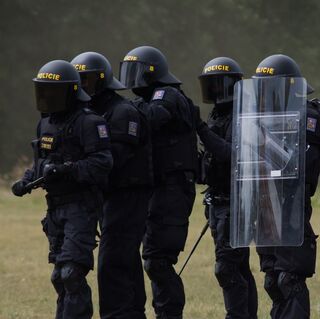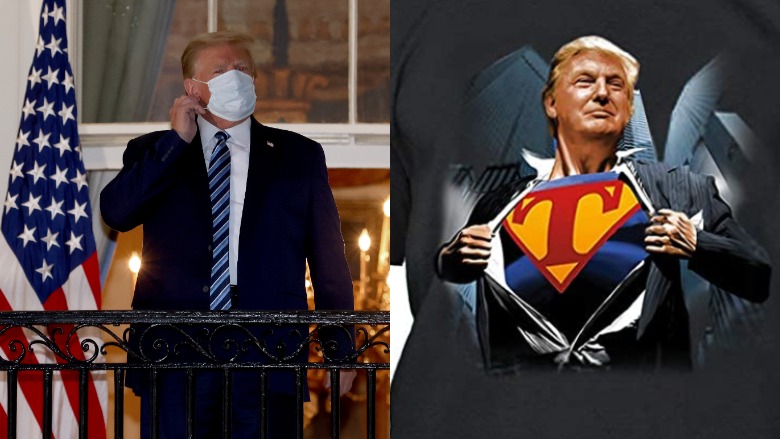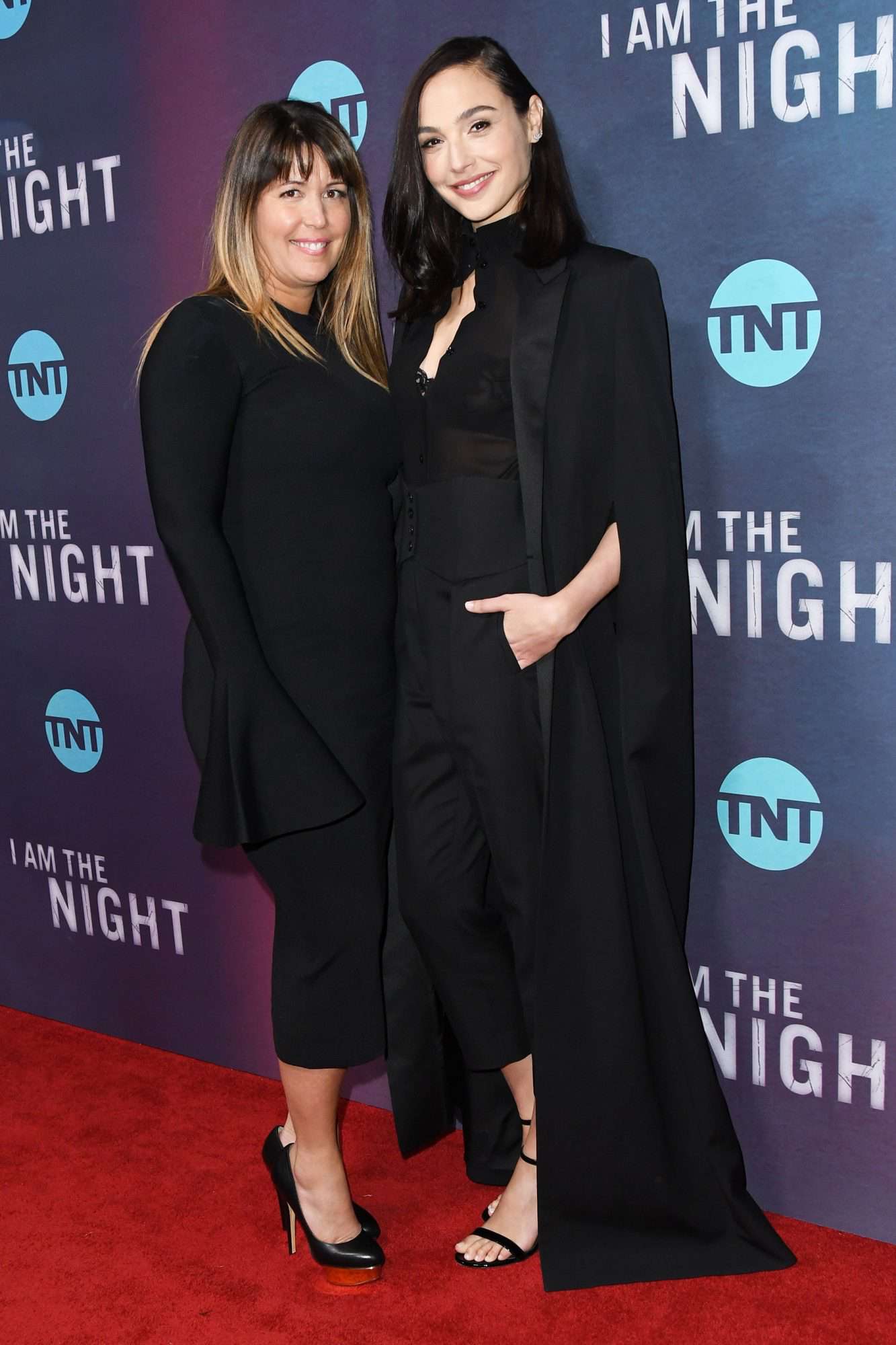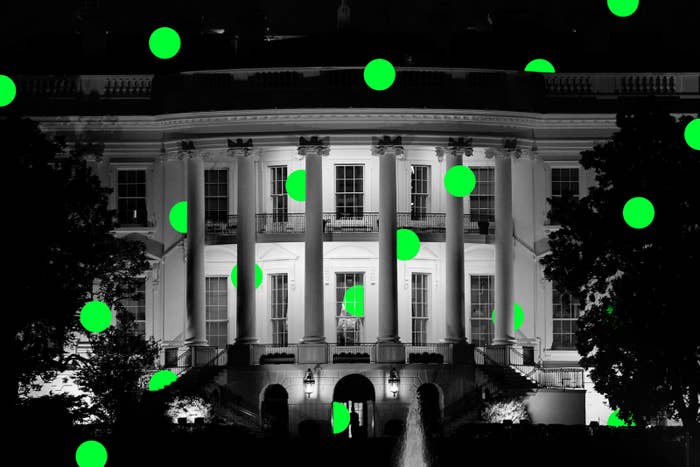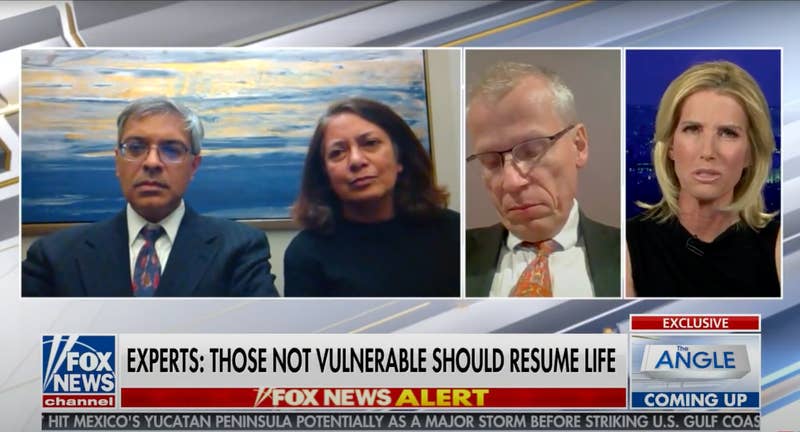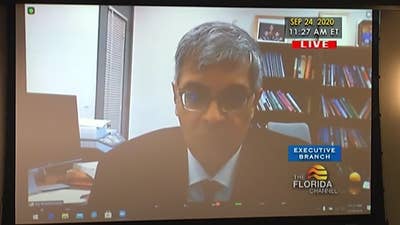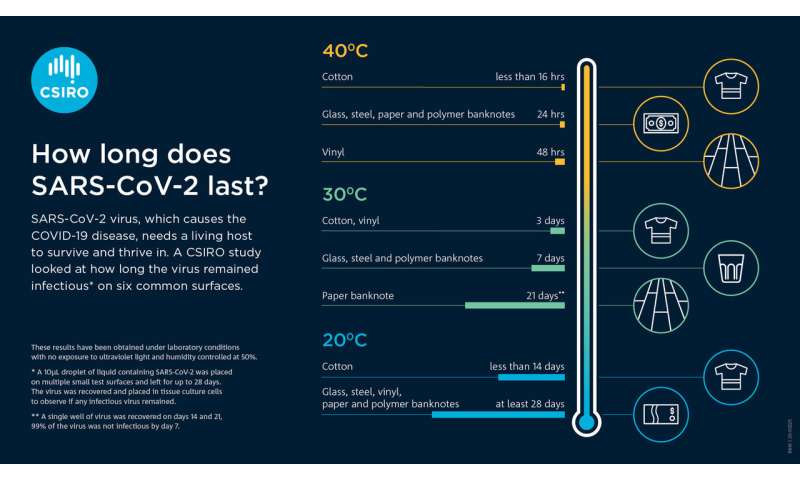One-third of Americans believe the coronavirus was sent by God, poll finds
Most Americans believe the coronavirus crisis has a lesson to teach humanity.
BELEIVE IN SCIENCE NOT RELIGON
By Joseph Guzman | Oct. 9, 2020 THE HILL
Story at a glance
86 percent of U.S. adults said they believe there is a lesson for society to learn from the pandemic.
35 percent said they believe the lesson was sent by God.
The poll was conducted among more than 10,000 U.S. adults from July 13-19.
Life has gone sideways for millions of Americans due to the coronavirus pandemic. Businesses and schools have closed, many are unemployed and more than 212,000 people in the U.S. have died from COVID-19.
As the country continues to grapple with the health crisis, the majority of Americans believe there is some kind of lesson to be learned from the tragedy.
Our country is in a historic fight against the Coronavirus. Add Changing America to your Facebook or Twitter feed to stay on top of the news.
A Pew Research Center Survey conducted in July found that 86 percent of U.S. adults said they believe there is a lesson for humanity to learn from the pandemic. More than one third, 35 percent, said they believe the lessons were sent by God, compared to 37 percent who disagree with that claim.
Thirteen percent of respondents said they didn’t believe in God or believe there was a lesson to be learned from the coronavirus crisis.
The poll was conducted among more than 10,000 U.S. adults from July 13-19, with 3,700 who gave qualitative responses about what kind of lessons could be learned from the pandemic.
The responses included lessons about God and religion, government and politics, and priorities with respect to relationships with others.
“God is telling us that we need to change our ways or he will send a virus that will make us be alone so that we have time to think about how we live our lives. We all need to live as one, we are all children of God,” a 58-year-old man told Pew Research Center.
Other respondents said the virus has revealed where society has fallen short in confronting issues like racism, climate change and economic inequality.
“Capitalism has caused us to develop an unsustainable and inhumane system,” a 30-year-old man told Pew. “We should take this opportunity to restructure our society so that people can spend more time with family and so that there are appropriate safety nets in place to protect people when disaster strikes.”
WHAT YOU NEED TO KNOW ABOUT CORONAVIRUS RIGHT NOW
US SENATOR TOOK OFF MASK REPEATEDLY ON FLIGHT. HE CHAIRS COMMITTEE THAT OVERSEES AIRLINE SAFETY
HERE ARE THE EFFECTS THE STEROID DEXAMETHASONE COULD BE HAVING ON TRUMP
FAUCI SAYS IT'S ‘OBVIOUS’ HE HASN’T BEEN INVOLVED IN TRUMP’S CARE
FAUCI WARNS TRUMP’S RECOVERY COULD GO INTO REVERSAL
THE WHITE HOUSE DECLINED THE CDC’S OFFERS TO HELP CONTACT TRACE THE ADMINISTRATION’S CORONAVIRUS OUTBREAK
Published on Oct 09, 2020

